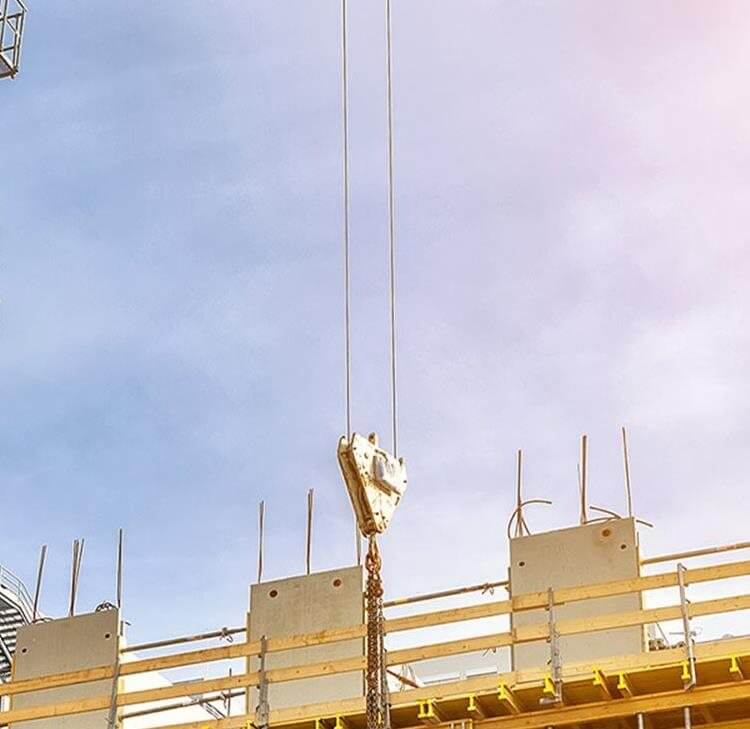The long awaited 2024 editions of the JCT started to land yesterday. So far only the Design and Build suite has been released.
This note is a very quick overview of the changes the JCT have made to the main Design and Build building contract.
Overview of the main changes
1. The removal of the supplemental provisions for collaborative working, sustainability and notification of disputes
These are now all operative clauses; you do not get the option to choose whether they apply or not.
2. The expansion of the Relevant Event grounds to clearly capture epidemics and widening the previous exercise of statutory powers ground
In the case of epidemics, there is the possibility that this could capture a resurgence of Covid-19 (if the effect of the original Covid-19 on the Works are considered to have changed since the Base Date).
The widening of the statutory powers ground now notably also includes “the publication of any guidance” by UK Government, Local Authorities etc. and also specifically the Construction Leadership Council. This is all presumably tied back to Covid concerns. There is now an optional entry in the contract particulars to select whether these are also Relevant Matters (which would entitle the Contractor to loss and expense). Note also that epidemic and the exercise of statutory powers grounds can also trigger the right for either party to terminate.
3. Professional indemnity insurance
There is now space in the contract particulars to set out specific exclusions from the policy rather than assuming the only sub-limits which apply are in relation to pollution and contamination. This is presumably because most PI policies now contain specific fire related exclusions which contractors are keen to ensure are recorded as being permitted carve outs from their PI obligations.
Note also that the previous drafting which qualified the Contractor’s PI obligation to the extent that insurance continued to be available at reasonable rates has also now been extended to refer not just to reasonable rates but also “terms”. This is a common tweak seen in schedules of amendments and reflects the fact that the terms of PI policies are becoming stricter.
4. Notifications by email
Notices and communications can now be by email if the contract particulars select this entry. But it is an “all or nothing” approach; there is no option to carve out certain notices which you do not want to permit to be issued by email.
However if you trawl through the amendments, note that notices under the new clause 8.13 (termination payments) cannot be by email.
5. Fitness for purpose
There is a new fitness for purpose clarification in clause 2.17.1.2 which confirms that the Contractor owes no greater liability in respect of design than to exercise the required level of skill and care, and there is no requirement that any design is fit for its purpose.
Note however that this is caveated by the words “to the extent permitted by the Statutory Requirements…” and as such it is not a complete release for contractors.
6. Decisions on EOT claims
These must now be given within eight weeks rather than the previous 12. In addition, if the Employer requires further information to substantiate an extension of time claim they must now request that within 14 days of receipt of the claim (there was no such time limit under the 2016 edition).
7. Liquidated damages and termination
As the JCT indicated, they have added some provisions to the liquidated damages clause to address Triple Point Technology Inc v PTT Public Company Ltd [2021] (to make it clear that LADs will be payable until either the works are completed or, if earlier, the contract itself is terminated).
8. Automatic termination of sub-contracts
Previously there was an obligation on contractors to ensure that the terms of their sub-contracts automatically terminated where the main contract was terminated. This has been qualified to carve out circumstances where beneficiaries wish to step into those sub-contracts so as not to interfere with step-in rights which are commonly included in warranties and third party rights for the likes of funders and the Employer themselves.
9. Ground conditions
The JCT D&B previously only dealt expressly with ground condition risk in the context of the discovery of antiquities. This has now been extended to also include the discovery of asbestos, contaminated material and unexploded ordinances. The previous entitlements to a Relevant Event and Relevant Matter for instructions under clause 3.15 now therefore also extend to asbestos, contaminated material and UXO discoveries but not if the presence of asbestos or contaminated material was identified in the Contract Documents or had been brought to the site by the Contractor or Contractor’s Persons.
10. Insolvency
Note the expansion of the definition of insolvency in clause 8.1 reflecting changes in insolvency legislation.
11. Termination payments
There is a new clause to set out a specific timetable and process for payments following a termination. There also appears to be a subtle narrowing of the Contractor’s entitlement to direct loss and/or expense in the event of a termination (the old clause 8.12.3.5 which, under the new numbering is clause 8.12.5.5).
12. Fluctuations
The Fluctuations options are now contained separately in supplemental documentation that can be downloaded from the JCT website for free, as well as model forms for the Rights Particulars.
We note they have also adopted 'gender neutral' language throughout, removing references to the likes of 'he' and 'workmen', and the old definition of 'Statutory Undertaker' has now been rebranded as 'Statutory Provider' with a more relevant description of who that captures.
Building Safety Act 2022
One of the key areas we were all keen to see was how the JCT were going to deal with the Building Safety Act 2022. The answer to that is largely as expected in that they have not done much more than include Articles to set out who the principal designer and principal contractor will be for the purposes of the duty holder regime (in the same way as they have articles for the equivalent CDM roles) and then otherwise rely on the general obligation for the Contractor to comply with legislation. They have produced a separate note on their approach to BSA compliance. In particular they acknowledge that they have made no special provisions where the contract is being used in relation to higher risk building work. So where the JCT D&B is being used for HRB works, special provisions will need to be addressed in the Employer’s Requirements and/or schedules of amendments to the JCT terms.
What’s to come…
With the approach of “drip feeding” the new editions we are obviously keen to see what they release next, but we suspect it may be the minor works contract and there will be a bit of a longer wait to see the updates to the standard suite and also the new target cost contract which is expected.
Contact

Bethan Ellis-Jones
Legal Director
bethan.ellis-jones@brownejacobson.com
+44 (0)330 045 2165









































